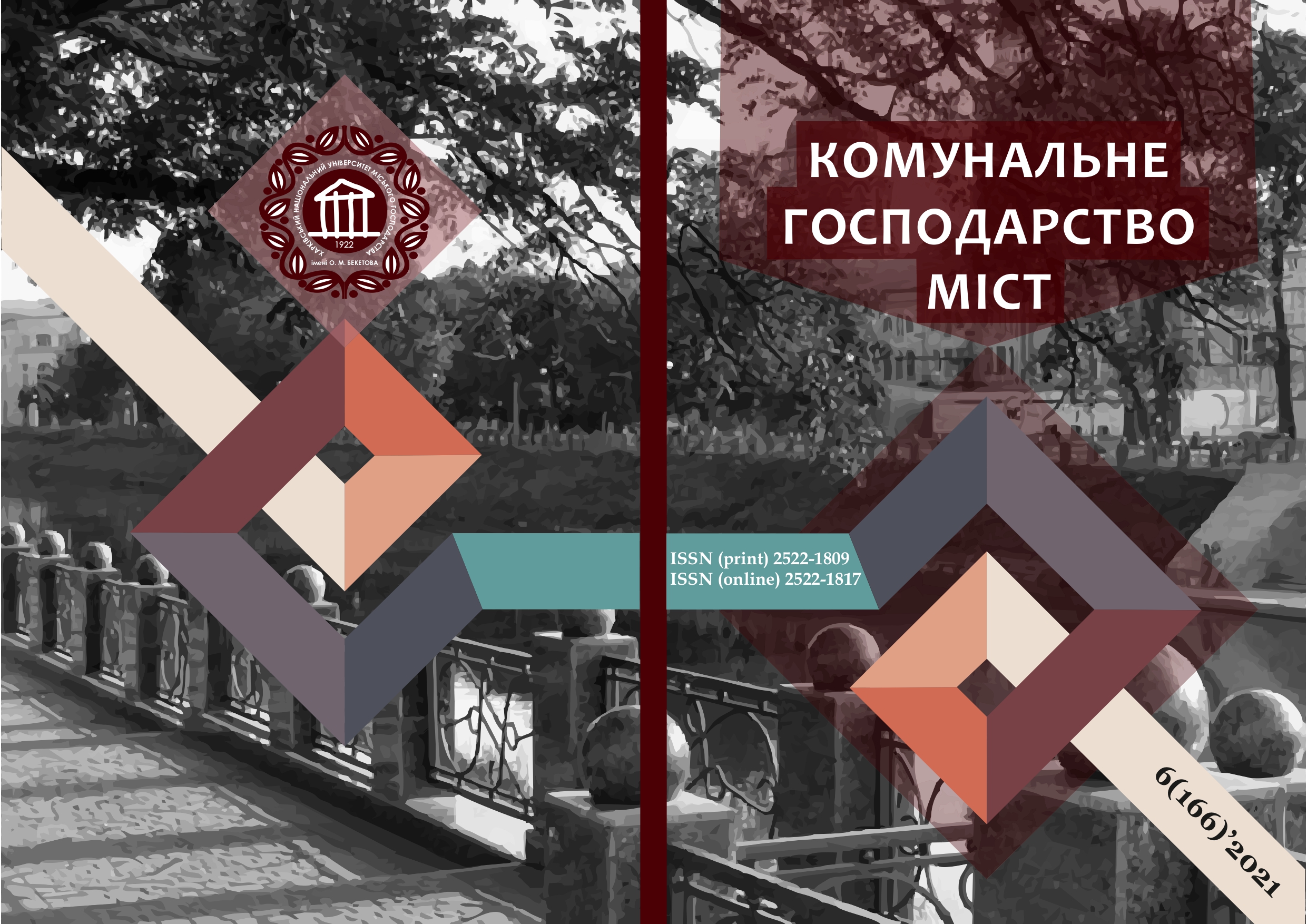TEMPERATURE ERROR WHEN DETERMINING THE TIME PARAMETER OF A FIRE DETECTOR WITH A THERMORESISTIVE SENSITIVE ELEMENT
Array
Keywords:
thermoresistive sensitive element, fire detector, temperature error.Abstract
For fire detectors with a thermoresistive sensing element, a mathematical description of the reaction to the thermal action of an electric current pulse flowing through such a sensing element and having the shape of a right triangle is obtained. The mathematical description is constructed using the Laplace integral transformation and is shown to be a superposition of two Heaviside functions. The parameters of these functions are determined by the transmission coefficient and time constant of the thermoresistive sensitive element of the fire detector and the amplitude and duration of the electric current pulse. It is shown that the ratio of the output signals of the thermoresistive sensitive element of the fire detector at two a priori given moments of time can be used to determine the time parameter of the fire detector. The values of a priori set moments of time, in which the temperature of the thermoresistive sensitive element of the fire detector is determined, are selected under the condition of simplicity of technical implementation. If there is a change in ambient temperature, it leads to a temperature error as a function of the time parameter of the fire detector. For such an error, a mathematical description is obtained in the general case, as well as for the case when the thermal influence on the thermoresistive sensitive element of the fire detector is due to the flow of an electric current pulse in the form of a right triangle. It is shown that the value of the temperature error has a minimum at the values of the ratio of the output signals of the thermoresistive sensitive element of the fire detector at two a priori time points belonging to the range The value of this error does not exceed 4.9% with variations in ambient temperature, the value of which does not exceed 2.0%.
References
2. Dinh, T., Phan, H., Qamar, A., Woodfield, P., Nguyen, N., & Dao, D.V. (2017). Thermoresistive Effect for Advanced Thermal Sensors: Fundamentals, Design Considerations, and Applications. Journal of Microelectromechanical Systems, 26(5), 966–986. DOI: https://doi.org/10.1109/JMEMS.2017.2710354
3. Jang, H.-Y., Hwang, C.-H. (2020). Test Method Using Shield-cup for Evaluating Response Characteristics of Fire Detectors. Fire Science and Engineering, 34(4), 36–44. DOI: https://doi.org/10.7731/kifse.8696ecf9
4. Hong, S.H., Kim, D.S., Choi, K.O. (2017). A Study on the Classification of Domestic Fire Detector using Response Time Index. Journal of the Korean Society of Safety, 32(2), 46–51. DOI: https://doi.org/10.14346/JKOSOS.2017.32.2.46
5. Yoon, G.-Y., Han, H.-S., Mun, S.-Y., Park, C.-H., & Hwang, C.-H. (2020). DB Construction of Activation Temperature and Response Time Index for Domestic Fixed-temperature Heat Detectors in Ceiling Jet Flow. Fire Science and Engineering, 34(3), 35–42. DOI: https://doi.org/10.7731/kifse.103eea8f
6. Abramov, Yu.O., Kalchenko, Ya.Yu. (2016). Thermal fire detectors and their tests. NUTSZU. [in Ukrainian]
7. Arutyunyan, D.M. (2014). New technologies of guaranteed fire prevention. Moscow. [in Russian]
8. Abramov, Yu.A., Gubarev, A.P., Uzunov, A.V. etc. (1997). Management in technical systems with gas and liquid component. Kiev. [in Russian]
9. Sadkova, V.P., Abramov, Yu.A. (2006). Estimation of speed of sensors of primary information of systems of automatic fire extinguishing with spherical thermoresistive sensitive element. Problems of emergency situations, 3, 128– 137. [in Russian]
10. Abramov, Yu.A., Gvozd, V.M., Tishchenko, E.A. (2011). Improving the efficiency of fire detection by temperature. Kharkiv. [in Russian]
11. Abramov, Yu.A., Basmanov, A.E. (2011). Determination of time characteristics of thermal fire detectors during autonomous tests. Kharkov. [in Russian]
12. Kalchenko, Ya.Yu., Abramov, Yu.A. (2015). Identification of the dynamic parameter of fire detectors with a thermoresistive sensitive element. Problems of fire safety, 37, 71–74. [in Russian]
13. Goloskopov, D.P. (2004). Equation of mathematical physics. St. Petersburg. [in Russian]
14. DSTU EN 54-5: 2003. (2004). Edition. Fire alarm systems. Part 5. Detectors fire thermal point. (EN 54-5: 2000, IDI). Kyiv. [in Ukrainian]
Downloads
Published
How to Cite
Issue
Section
License
The authors who publish in this collection agree with the following terms:
• The authors reserve the right to authorship of their work and give the magazine the right to first publish this work under the terms of license CC BY-NC-ND 4.0 (with the Designation of Authorship - Non-Commercial - Without Derivatives 4.0 International), which allows others to freely distribute the published work with a mandatory reference to the authors of the original work and the first publication of the work in this magazine.
• Authors have the right to make independent extra-exclusive work agreements in the form in which they were published by this magazine (for example, posting work in an electronic repository of an institution or publishing as part of a monograph), provided that the link to the first publication of the work in this journal is maintained. .
• Journal policy allows and encourages the publication of manuscripts on the Internet (for example, in institutions' repositories or on personal websites), both before the publication of this manuscript and during its editorial work, as it contributes to the emergence of productive scientific discussion and positively affects the efficiency and dynamics of the citation of the published work (see The Effect of Open Access).

